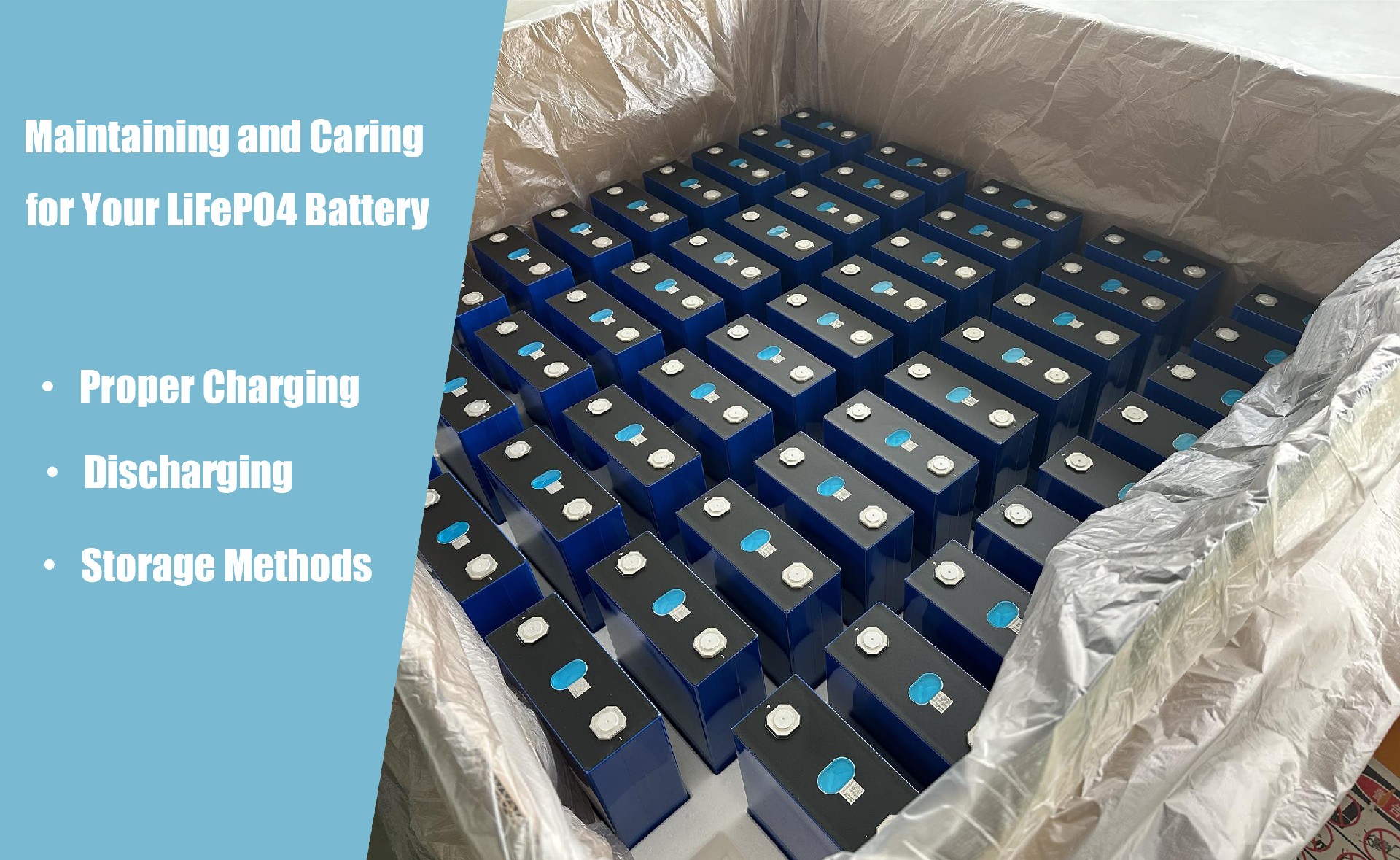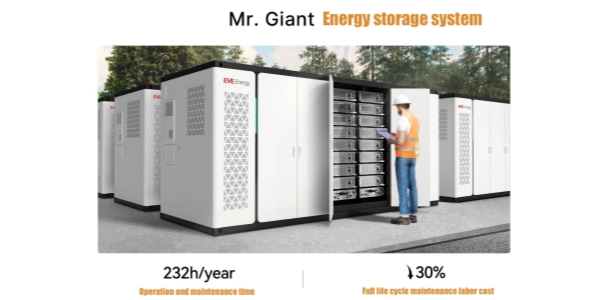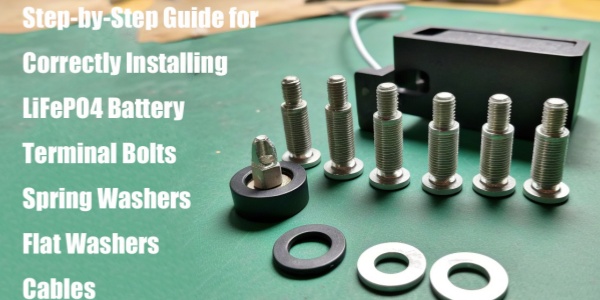Maintaining and Caring for Your LiFePO4 Battery: Proper Charging, Discharging, and Storage Methods
LiFePO4 batteries are a type of lithium-ion battery with longer lifespan, lower cost, better safety, and less environmental impact, commonly used in backup power, marine, RVs, and camping. Proper maintenance is key to their performance and longevity.

This article covers how to charge, discharge, and store LiFePO4 batteries, correct common misconceptions, and offer tips on monitoring battery health and troubleshooting issues.
Charging, Discharging, and Storing LiFePO4 Batteries
The way you charge, discharge, and store your LiFePO4 battery can impact its performance and lifespan. To help you maintain and care for your LiFePO4 battery in the future, here are some helpful tips:
How to Charge Your LiFePO4 Battery Correctly:
1. Use a Compatible Charger: To charge your LiFePO4 battery, you must use a compatible charger that provides the appropriate voltage and current for the battery.
2. Follow Manufacturer's Instructions and Recommendations: Ensure you follow the manufacturer's instructions on the charging process and parameters. Choose the correct charger based on these specifications and carefully read the warnings provided by the manufacturer.
3. Avoid Overcharging the LiFePO4 Battery: Charge the LiFePO4 battery with a constant current (CC) until it reaches its full voltage, then switch to constant voltage (CV) until the current drops to a low level, and then stop charging.
4. Avoid Charging the LiFePO4 Battery in Extreme Temperatures: Avoid charging the battery in extremely high or low temperatures, as this can degrade battery performance and affect safety. The best environment for charging LiFePO4 batteries is between 0°C and 45°C in a cool, dry place.
How to Discharge Your LiFePO4 Battery Correctly:
1. Correctly Connect the Equipment System: Ensure that the system or device requiring energy from the LiFePO4 battery is properly connected.
2. Follow Manufacturer's Instructions and Recommendations: Follow the manufacturer's guidelines on the discharging process and parameters. Stick to the recommended settings and carefully read any warnings provided by the manufacturer.
3. Avoid Deep Discharging the LiFePO4 Battery: Discharge the LiFePO4 battery at a moderate rate. Deep discharging can damage the battery and reduce its lifespan.
4. Avoid Discharging the LiFePO4 Battery in Extreme Temperatures: Extreme weather conditions can prevent the LiFePO4 battery from discharging properly, causing the battery to be unable to release energy when connected to a charger, thus harming battery performance. Ideally, the discharge temperature should be between 20°C and 60°C, and the environment should be cool and dry.
How to Store Your LiFePO4 Battery Correctly:
1. Keep it in a Partially Charged State: For proper storage, keep the battery at a partial charge, maintaining the capacity between 40% and 80%.
2. Follow Manufacturer’s Storage Instructions and Recommendations: Carefully read the manufacturer’s guidelines regarding storage conditions and duration. Make sure you understand the required storage parameters and time.
3. Avoid Storing in High Temperature, Humid, or Direct Sunlight Areas: The storage location for your LiFePO4 battery should be cool, dry, and away from high temperatures, humidity, and direct sunlight. Otherwise, the battery’s lifespan will be significantly reduced.
4. Monitor the Battery's State During Storage: Storing a LiFePO4 battery in a fully charged or fully discharged state can cause capacity loss and increased internal resistance, which results in irreversible damage.
5. Regularly Check and Charge the LiFePO4 Battery: A stored LiFePO4 battery should be checked periodically to see if it needs charging to prevent self-discharge and imbalances. Ensure the storage environment is suitable. Perform checks at least once every six months.
Common Mistakes and Myths That Can Damage LiFePO4 Batteries
Here are some common mistakes and myths to avoid:
Mistake: Using an incompatible charger
Using the wrong charger can cause overcharging, undercharging, or short circuits. Always use a charger that matches your LiFePO4 battery's specifications.
Myth: LiFePO4 batteries have memory effect
LiFePO4 batteries don’t have memory effect, so you can charge or discharge them at any level without affecting performance.
Mistake: Freezing your LiFePO4 battery
Freezing temperatures can damage the battery by causing the electrolyte to freeze and expand. Keep the battery in a cool, dry place, and avoid charging or discharging in freezing temperatures.

